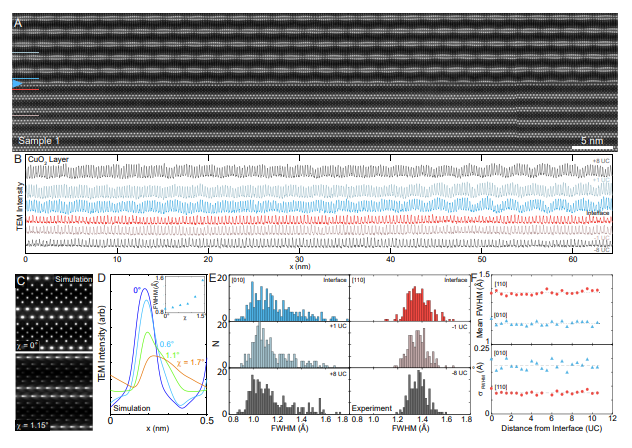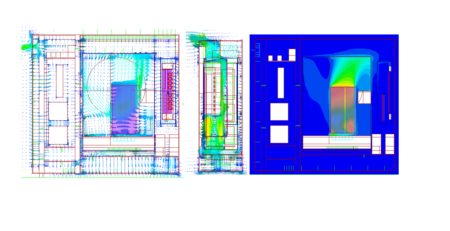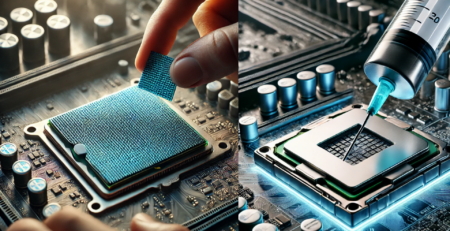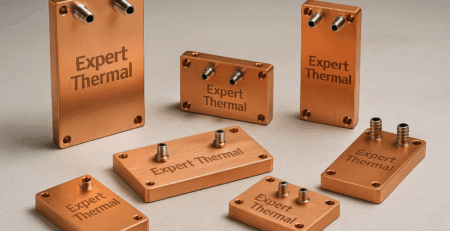A High-Temperature Twist: Scientists Build the Foundation for Superconducting Switches of the Future
Team Expert Thermal2023-12-20T09:15:01+00:00Imagine a world where electricity flows without resistance, carrying data and power with near-perfect efficiency. Scientists at Harvard University have taken a major step towards that dream with the development of a promising candidate for the world’s first high-temperature superconducting diode.
This remarkable feat, led by former Griffin Graduate School of Arts and Sciences student S. Y. Frank Zhao, could revolutionize how we use and create energy, paving the way for faster computers, more efficient power grids, and even breakthroughs in quantum technology.
The key lies in cuprate crystals, a special class of materials that can become superconducting at surprisingly high temperatures (compared to traditional superconductors). Zhao and his team engineered twisted interfaces between these crystals, creating a layered structure that exhibited remarkable behavior.
They discovered that the maximum current that could flow without resistance through the interface differed depending on the direction of the current. Essentially, they’d built a superconducting diode, a one-way street for electricity!
But it wasn’t just a simple switch. The team also demonstrated the ability to control the diode’s direction electronically, essentially flipping the polarity of the current flow. This is a crucial innovation, allowing for dynamic control and opening up a vast array of potential applications.
The implications of this research are staggering. High-temperature superconducting diodes could:
- Boost the efficiency of power grids by transmitting electricity over long distances with minimal energy loss.
- Speed up computers, enabling faster data processing and potentially leading to the development of quantum computers.
- Revolutionized medical imaging, creating more powerful and efficient MRI machines.
- Develop new clean energy technologies, such as magnetic levitation systems and energy storage devices.
While still in its early stages, this research marks a significant milestone in the quest for high-temperature superconductivity. The possibility of harnessing this incredible phenomenon for real-world applications is now closer than ever.

Fraunhoffer patterns observed
Bonus tidbits for the tech-savvy readers:
- The team’s success relied on a cryogenic pick-and-place technique, allowing them to manipulate the delicate cuprate crystals with precision.
- The twisted interface created a unique quantum state, enabling the reversible diode behavior.
- This research opens the door to engineering topological devices, a new class of electronics with exotic properties.
- The future of electricity is bright, and thanks to the groundbreaking work of Zhao and his team, it might just hold the key to unlocking a world of superpowered possibility.
Stay tuned for future updates, as this scientific twist could truly be the spark that ignites a new era of technological advancement!
For more information, click the following link: Time-reversal symmetry breaking superconductivity between twisted cuprate superconductors











Leave a Reply